Editor's note: Helmut Thieltges tragically died on July 27th 2017. A great chef - may he rest in peace. Clemens Rambichler is now head chef.
Helmut Thieltges opened Waldhotel Sonnora in 1978. It has an attractive woodland setting, with twenty hotel tooms attached to the main restaurant. It gained a Michelin star in 1981, a second in 1991 and the ultimate third star in 2000, which it has retained ever since. It also holds the highest possible score in the Gault Millault at 19.5 points. The dining room is carpeted, has comfortable chairs, well-spaced tables, crisp white linen tablecloths and looks out over the forest. It is an old fashioned dining room in the nicest possible sense.
Five courses cost €168 (£145) and seven courses €198 (£171), which is barely half the price you will pay in a Paris three star restaurant. The wine list was extensive, with deep coverage of Germany and France but also with plenty of New World labels. Examples were Basserman-Jordan Riesling Trocken at €68 for a bottle that can be found in the high street for €24, J.J. Prum Riesling Spatlese Wehlener Sonnenuhr 2004 at €78 compared to its retail price of €43, and Egon Muller Scharzhofberg Spatlese 2007 at €165 for a wine that will set you back €127 in a shop. There were prestige wines too, such as Coche-Dury Meursault 2005 at €540 for a wine whose current market price is €452, and Guigal La Mouline 1996 at €560 compared to its current shop price of €377. As can be seen, the markups here are extremely kindly compared to those we have come to expect in cities like London or Paris.
The meal began in style with a stunning amuse bouche served in a cocktail glass. This comprised a layer of vichyssoise (leek and potato soup), on top of which was eel and a layer of oxtail jelly, topped with a garnish of caviar. There was a lot going on here: the combination of the earthy flavours of the potato and leek with the richness of the oxtail, the distinctive taste of the eel and the caviar bringing its briny flavour to the dish. These amalgam of flavours actually combined brilliantly, the textures flawless and the depth of flavour of each component really impressive (20/20).
This was followed by a baked praline of seafood with mango chutney, and a topping of a delicate net of potato crisp. The shellfish flavour was superb, and the potato nicely balanced the slight sweetness of the mango chutney. Alongside this was an oyster with elderberry dressing, which was of high quality though did not have quite the work and refinement of the seafood praline (19/20 average). A further amuse bouche was parfait of goose liver with nuts and raisins, served with Madeira jelly and port sauce. The parfait was silky smooth and had intense liver flavour, the nuts providing a texture contrast and the Madeira jelly a particularly impressive additional flavour note (20/20). Many varieties of bread were offered, such as rolls of olive bread, rye, ciabatta, brioche, pumpkin seed bread, pretzel and a particularly good thyme roll. They were made in the kitchen and were of a high standard (18/20 average).
The first course we sampled was sautéed langoustine with ginger, chicory (endive) that had been braised in ice wine and a passion fruit beurre blanc with tarragon and a garnish of a delicate net of potato crisp. The langoustines were from Brittany and were of the highest quality: large, sweet and flawlessly cooked. The chicory was an interesting pairing and worked fine, and to my relief the passion fruit element of the beurre blanc was very subtle, so did not introduce any jarring additional sweetness to the dish; indeed the vinegar within the beurre blanc was an ideal mechanism to cut through both the richness of the butter and act as a contrast to the inherent slight sweetness of the langoustines (20/20).
Beef tartare on rosti was topped with a layer of Imperial gold caviar. This was another lovely if simple dish, the beef very high quality and carefully seasoned, the rosti adding a crisp textural contrast, the caviar an interesting counterpoint to the meat and bringing a natural element of seasoning (19/20).
I ordered a different langoustine dish, this being fried and served with baby leeks, black truffle and, on the side, an artistic twirl of spaghetti flavoured lightly with a little Chartreuse, the French liqueur. The langoustines were as perfectly cooked as in the other dish and the black truffles had plenty of aroma, the spaghetti very delicate and the leeks tender. It is hard to fault this dish (20/20).
Turbot fillet was from a large 6kg fish (with turbot, the bigger the fish, the better the flavour as a rule) and was served on a bed of pine nuts and spinach with two wine sauces. One was sauce Pomerol, a classic rich red wine sauce made with rosemary, carrots, celery and onions, amongst other things. The other was a much lighter white wine sauce using Chablis. The fish was a fine specimen, having terrific flavour and was precisely cooked. The sauces, in particular the sauce Pomerol, were a masterclass in classical French cooking, the red wine sauce reduced but not gloopy, having great depth of flavour, while the spinach brought much-needed light relief to the richness (20/20).
For my main course I had saddle of local venison with a crust of macadamia nuts, with green cabbage, dried fruits and a rich Rouenaise sauce. This is a variant on Bordelaise sauce with the addition of duck liver, the base sauce being made with red wine, bone marrow, butter, shallots and a demi glacé, itself a reduction of veal stock and Espagnole sauce, one of the five "mother sauces" of Escoffier (the others being veloute, bechamel, Hollandaise and sauce tomate). Such sauces are extremely time consuming to make, and few kitchens these days make the effort. Yet when they do, and execute them as skilfully as here, the final result is fabulous, one of the glories of French cuisine. The richness of the sauce and meat was offset by the dried fruits and the green cabbage, though perhaps a little more greenery would have created a lighter overall effect. This is the kind of dish that you will only encounter in a top notch French kitchen (easily 19/20).
The pre-dessert was the only misstep of the meal. Champagne ice cream was topped with a raspberry and had champagne poured over it at the table in a cocktail glass. The waiter rather overfilled the champagne, which sounds like the definition of a first world problem, but in this case the taste of the champagne overwhelmed the other flavours. Doubtless it would have been better, and as the kitchen intended, with less champagne, but I am not completely convinced that this would have been a perfect combination, since compared to the sweetness of the ice cream the liquid tasted almost bitter, which to me seemed a less than ideal pairing of tastes. The ice cream itself was certainly excellent, and the raspberry good (though this being March, it must be tricky to get really perfect raspberries) but this dish didn't quite work for me. I find this tricky to score, but although pleasant it seemed entirely out of step with the rest of the meal (perhaps 15/20).
Fortunately that was just a minor bump in the road. Warm chocolate tartelette came with a chilled Guatemala rum sauce, chocolate tuiles and vanilla ice cream. The pastry was superb, the bitterness of the chocolate nicely complemented by the vanilla ice cream, the rum sauce adding a further dimension of flavour (19/20).
Millefeuille of mocha and marscapone came with warm caramel sauce, chocolate tuile and, on the side, frozen cappuccino. The millefeuille itself was pretty but could have had stronger coffee flavour, and the bottom layer of pastry had different texture to the other layers. There was also a dark chocolate sphere with ice cream inside, the chocolate itself of very high quality. There was also vanilla with chocolate chip ice cream with chocolate tuile, which was excellent. The star element of the dish though was the frozen cappuccino, which had remarkably deep coffee flavour (19/20). An array of petit fours included pistachio covered in white chocolate, delicate vanilla kipferl (crescent shaped shortbread biscuit), raspberry tart filled with sponge, and a square of hazelnut praline with glazed hazelnut. There was also an excellent Paris opera cake.
The bill per person came to €244 (£211), with plenty of lovely German Riesling to drink. This seemed to me very reasonable given the skill on show here, and if you compare the prices here to a three star restaurant in France. Overall this was a superb meal. Perhaps the dessert section of the meal was a fraction lower in standard than the savoury dishes, but the main desserts were still top notch. The savoury dishes represent the finest kind of old fashioned classical French cookery of the type rarely encountered in these days of water baths and tweezers in the kitchen. It was particularly nice to encounter old school sauce making, the type that involves chefs standing around for hours skimming a slowly reducing stock. For me the art of the sauce is the defining pinnacle of French cuisine, and it is a dying art due to its labour intensive nature. Fortunately you can still explore its delights here. At the age of 62 Mr Thieltges seemed an energetic and passionate man, who when I asked to see him in his kitchen was wearing chef whites that had clearly seen an active kitchen service that night. He is a chef who does not come into the dining room to glad-hand the guests, nor does he devote much time to publicity or the media. Instead he stays in his kitchen and cooks glorious food for his customers, and who could want more from a chef?
Further reviews: 09th Jun 2022 | 14th Aug 2019 | 16th Sep 2010


















































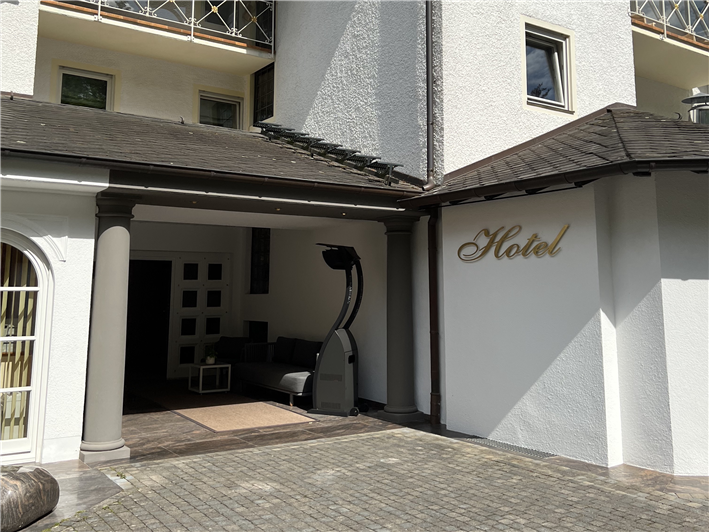

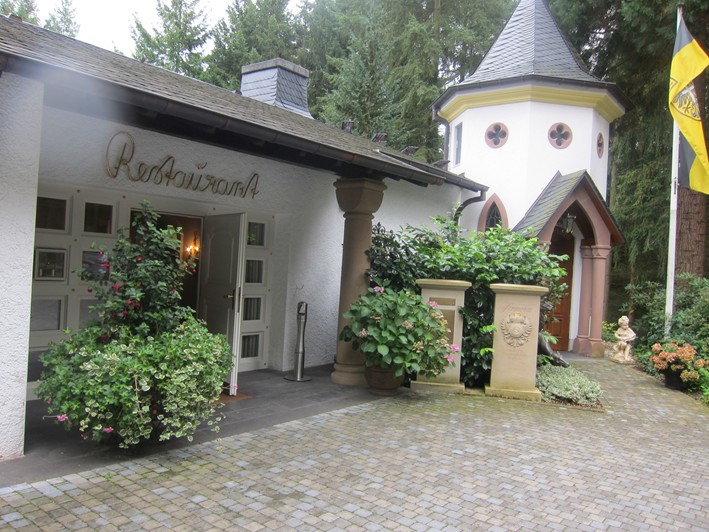
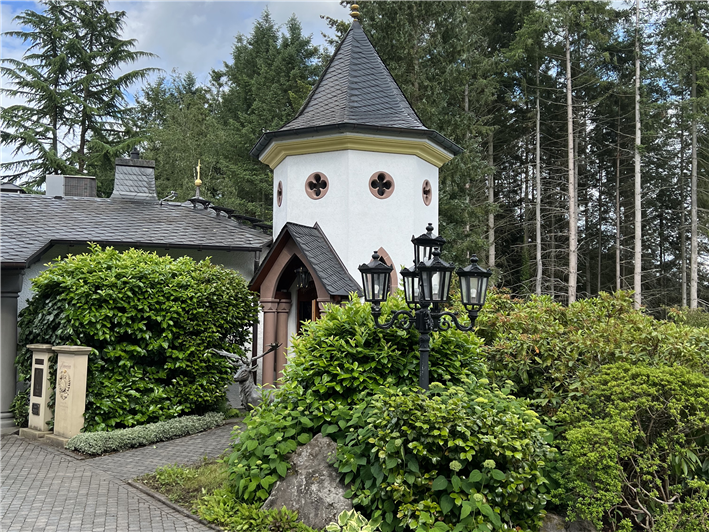


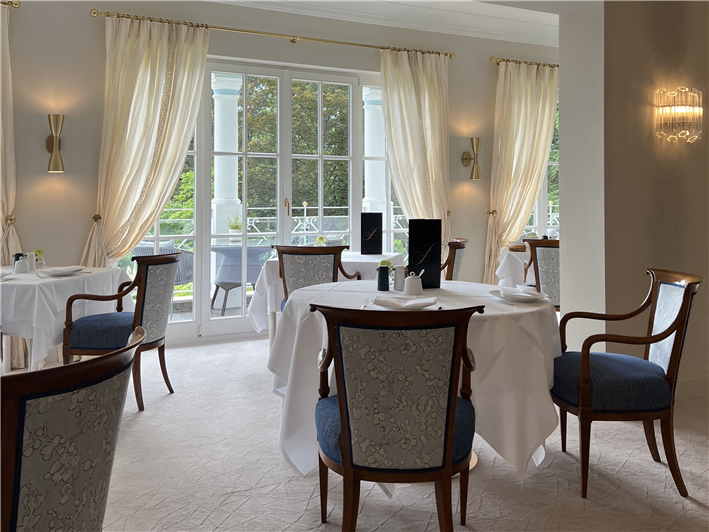
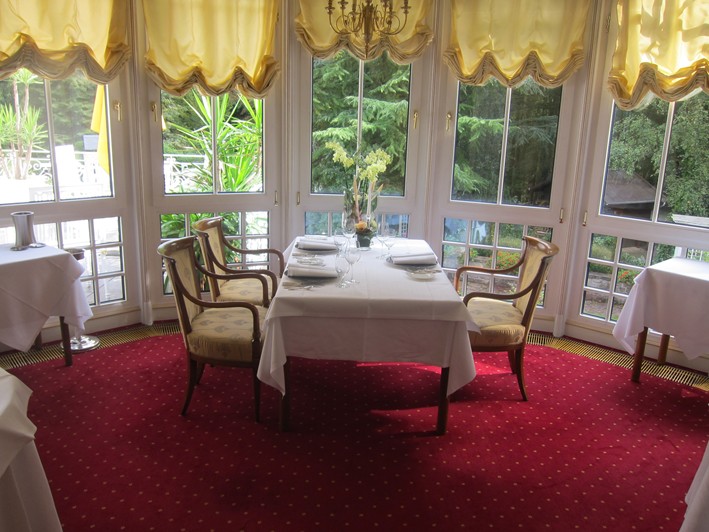
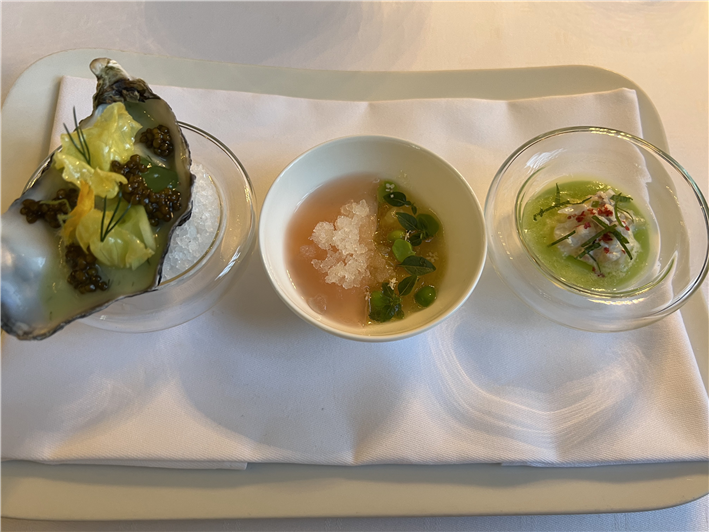
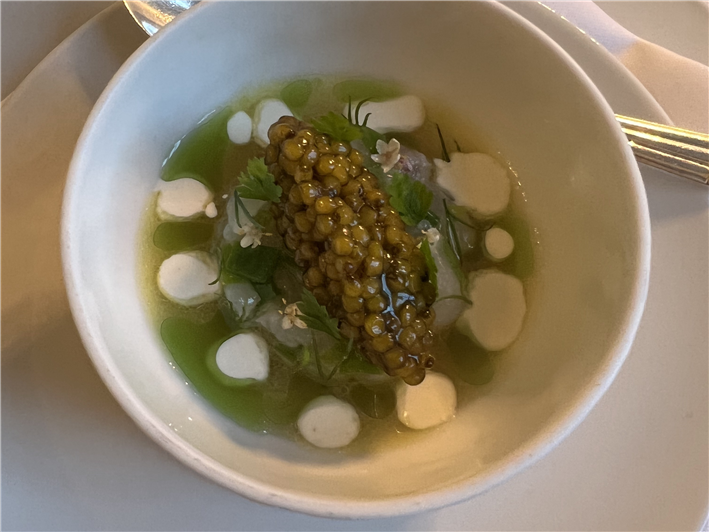
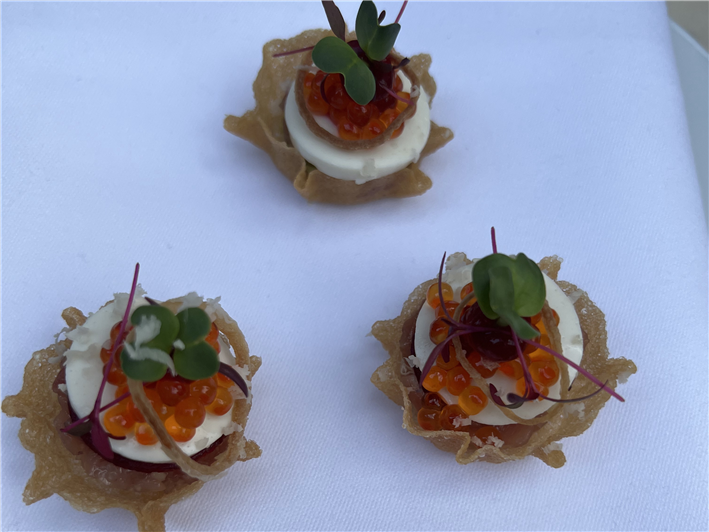
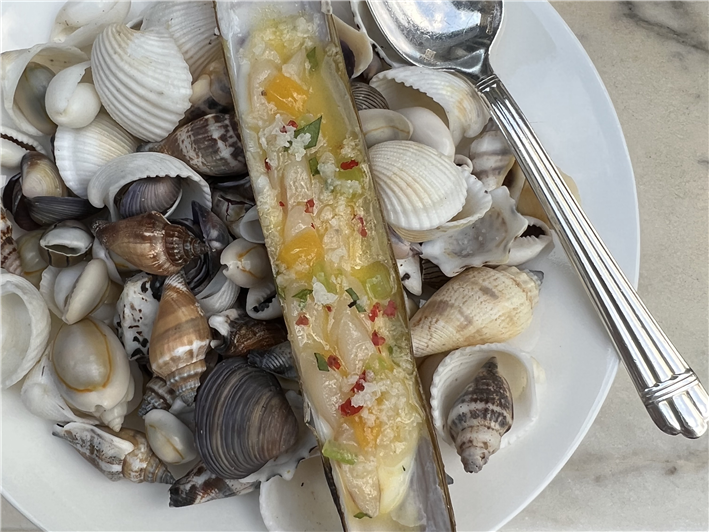
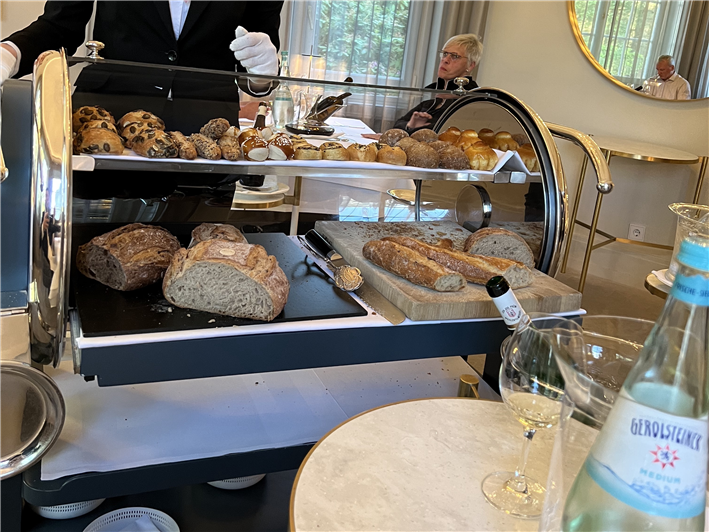

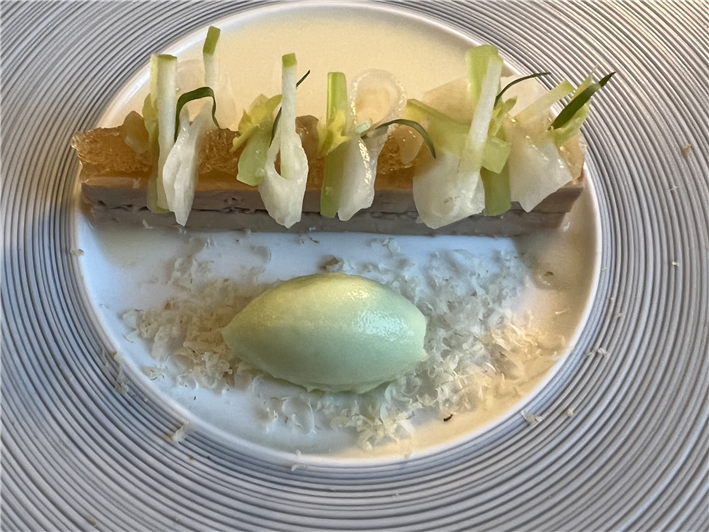

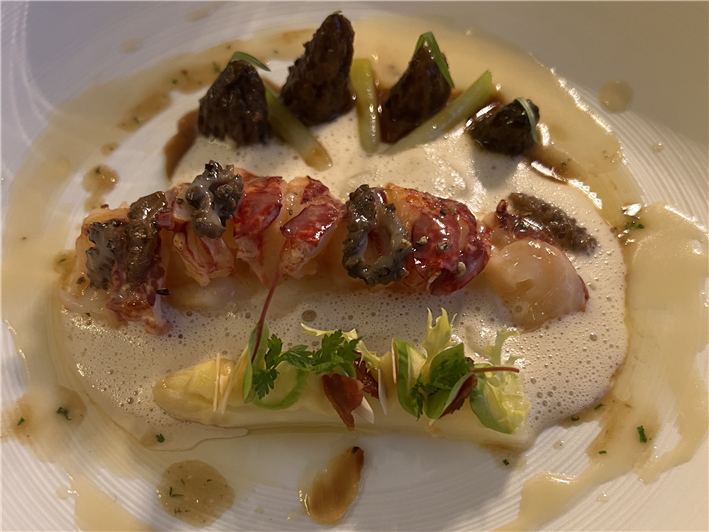
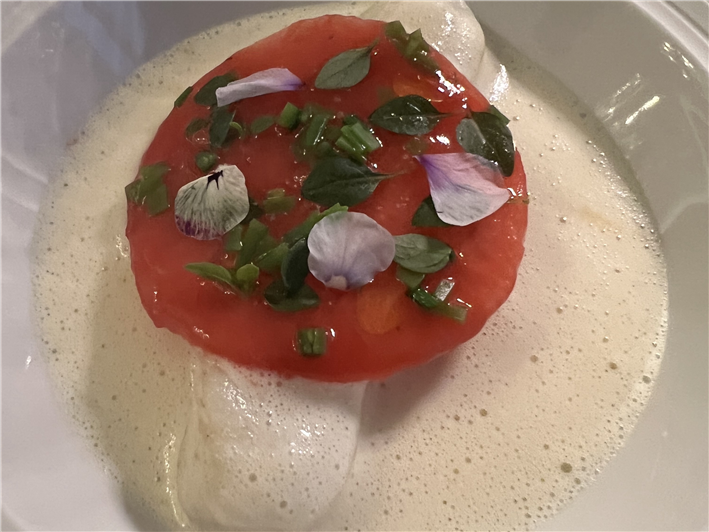
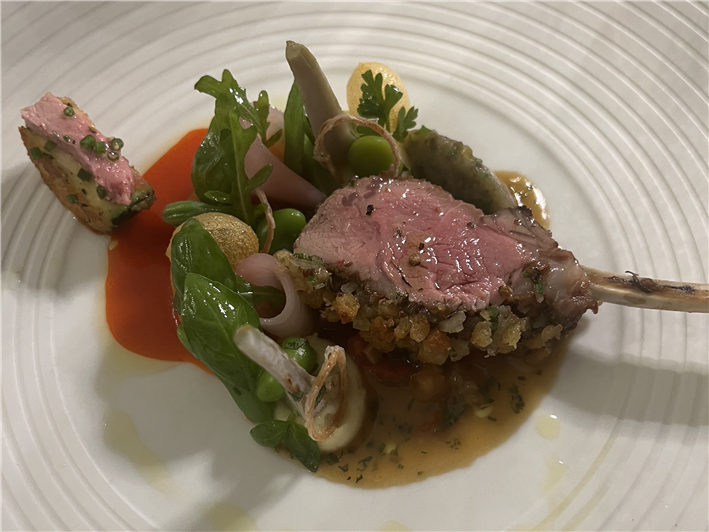
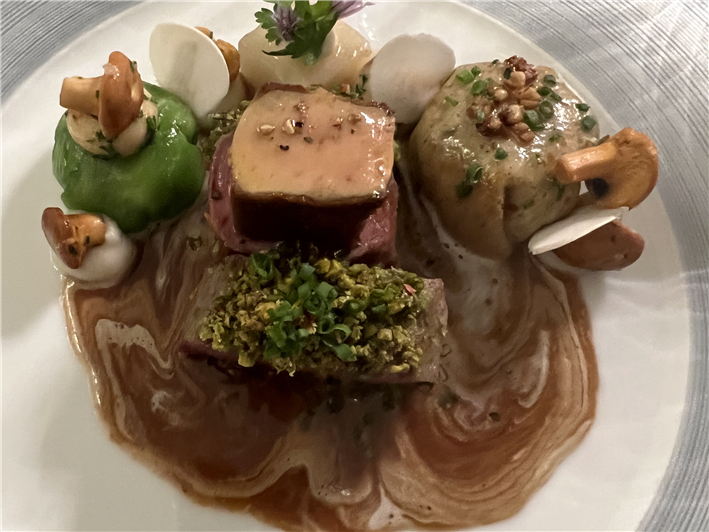

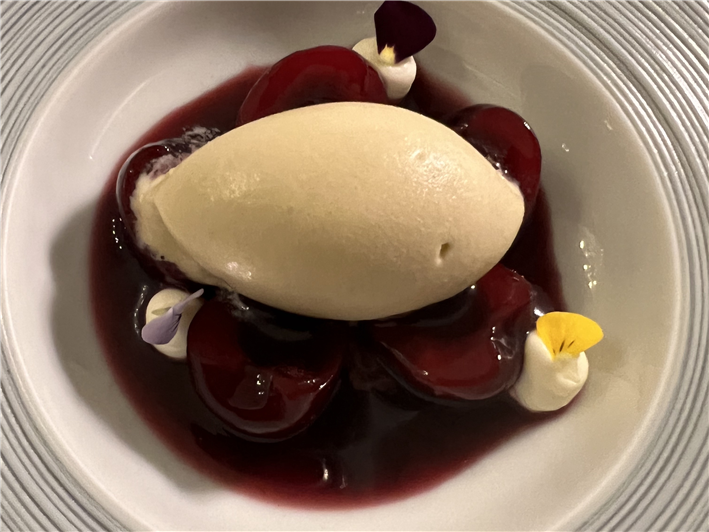
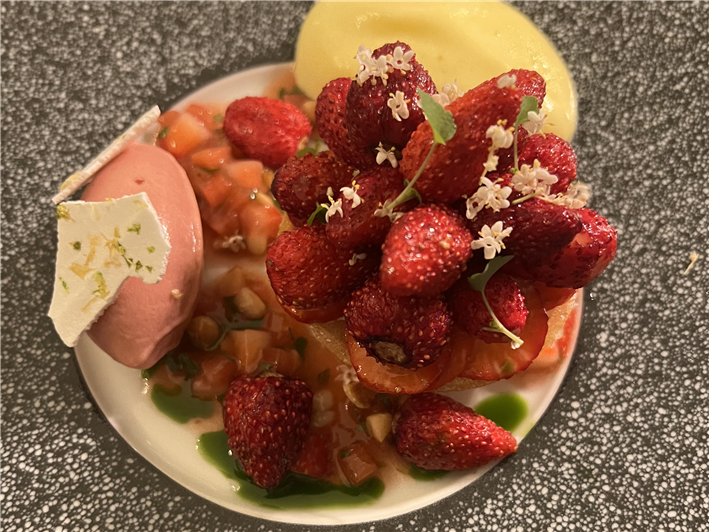

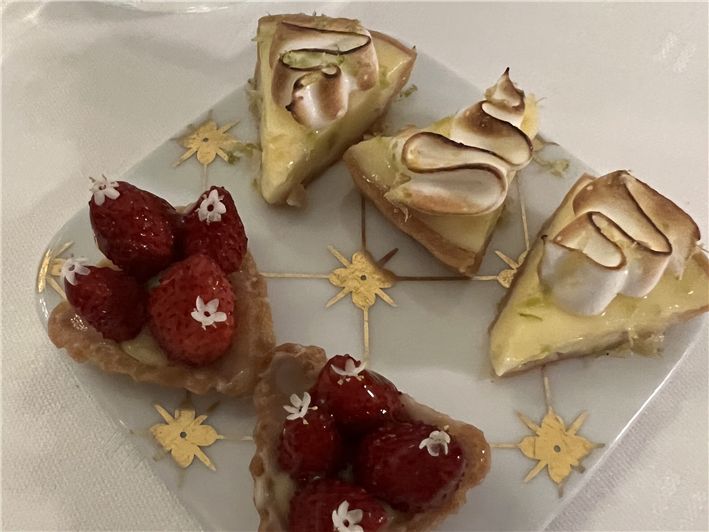

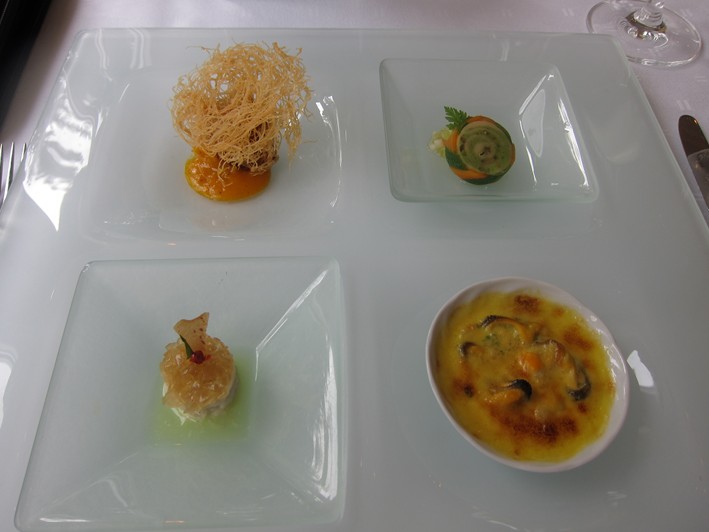
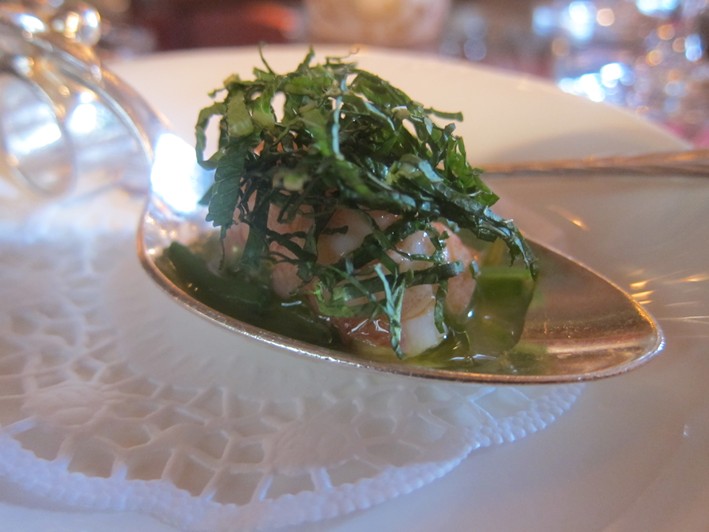

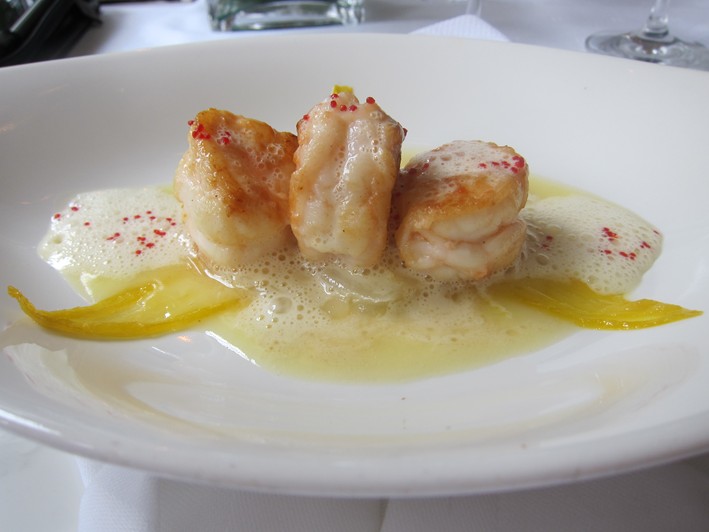

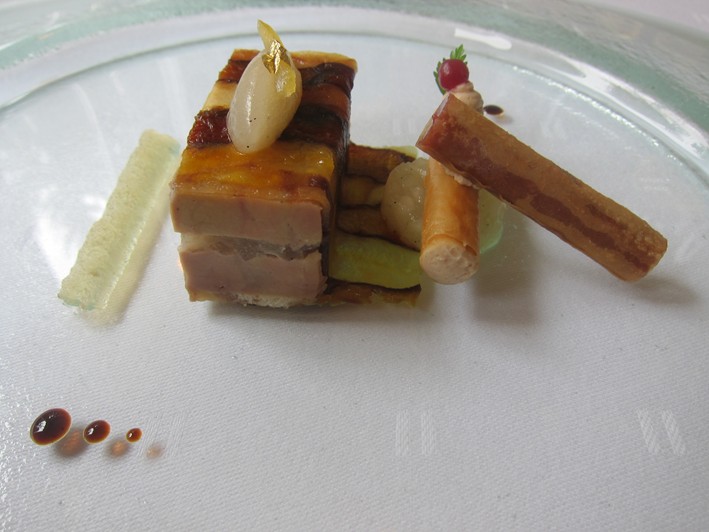
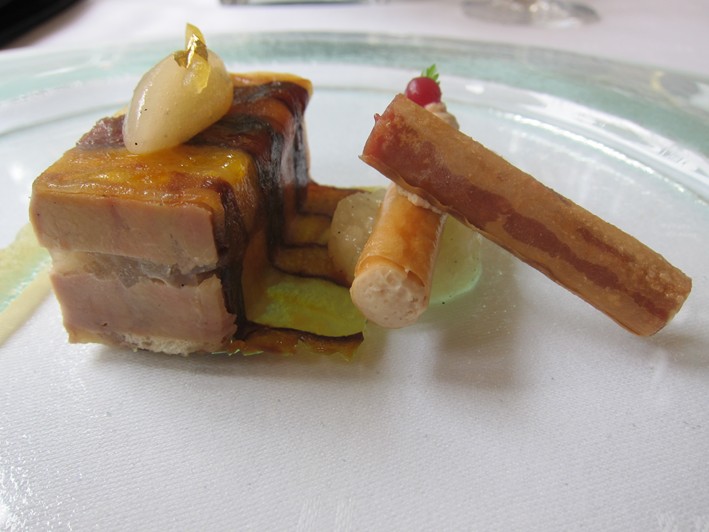
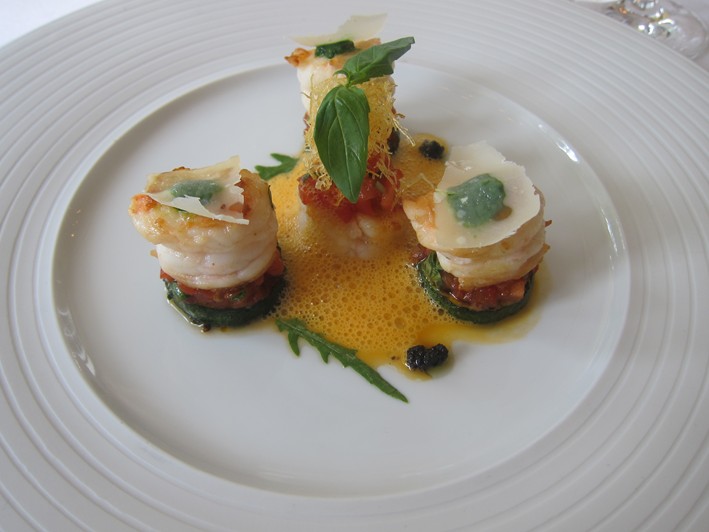


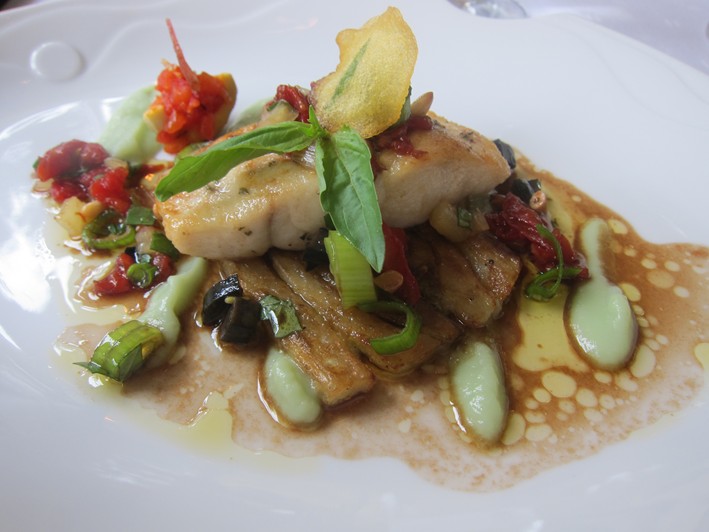
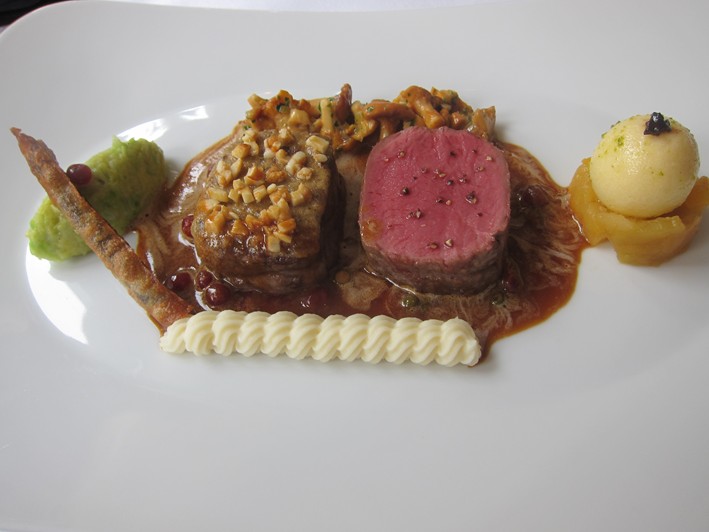

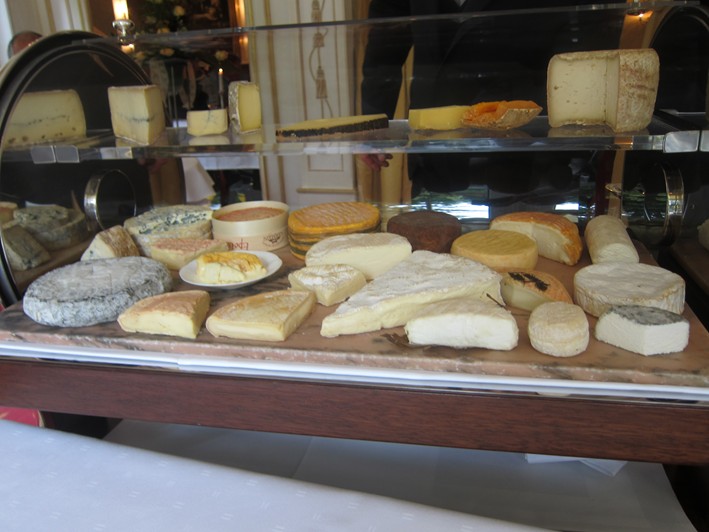
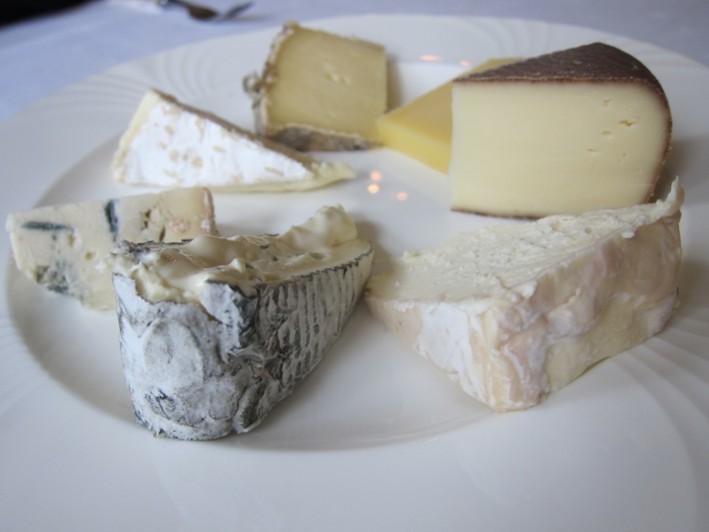
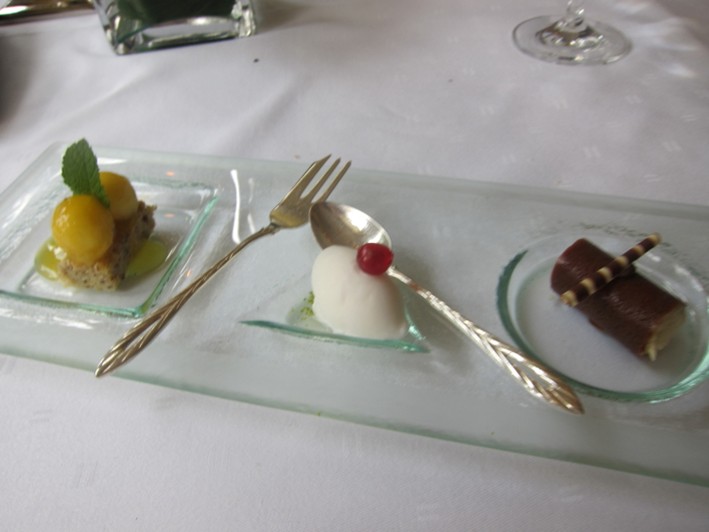
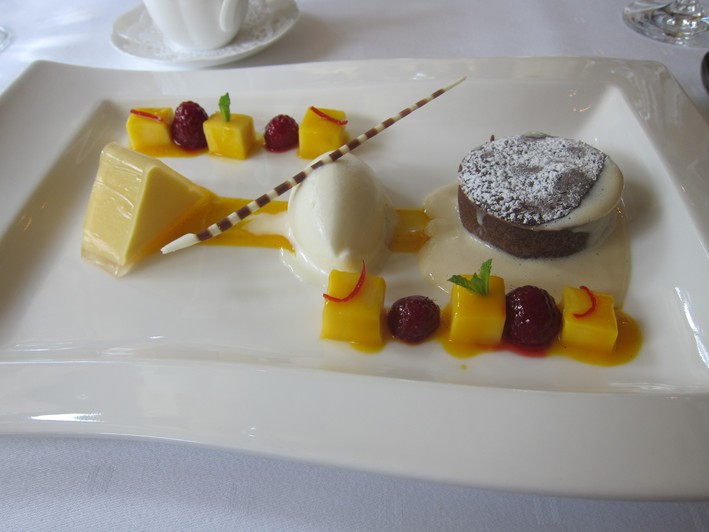

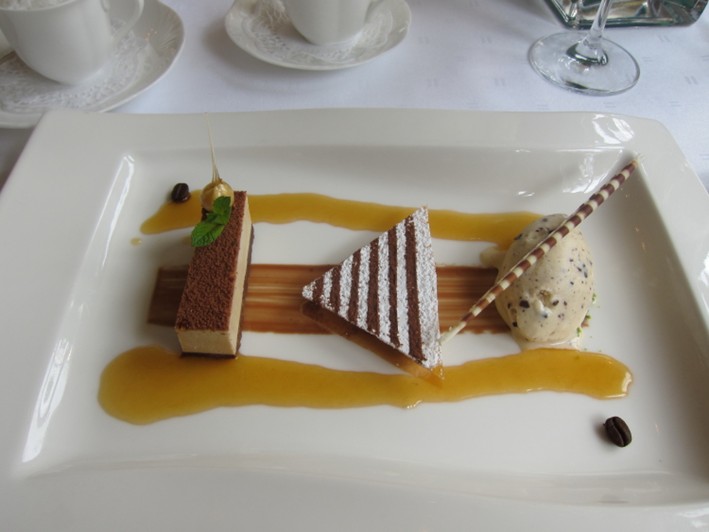
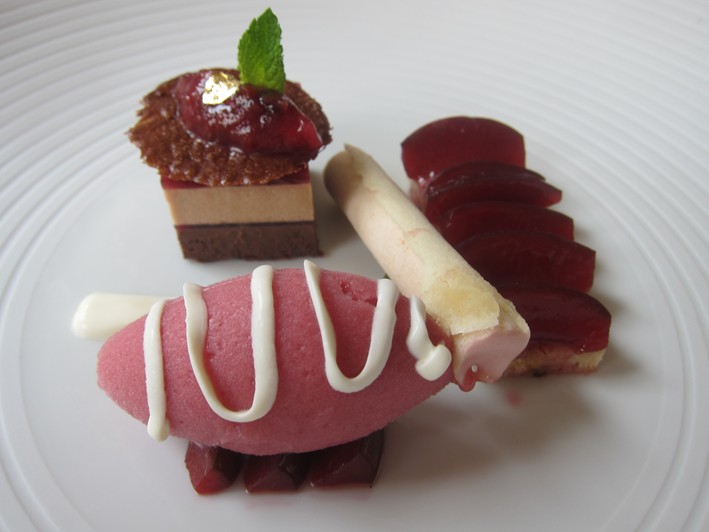
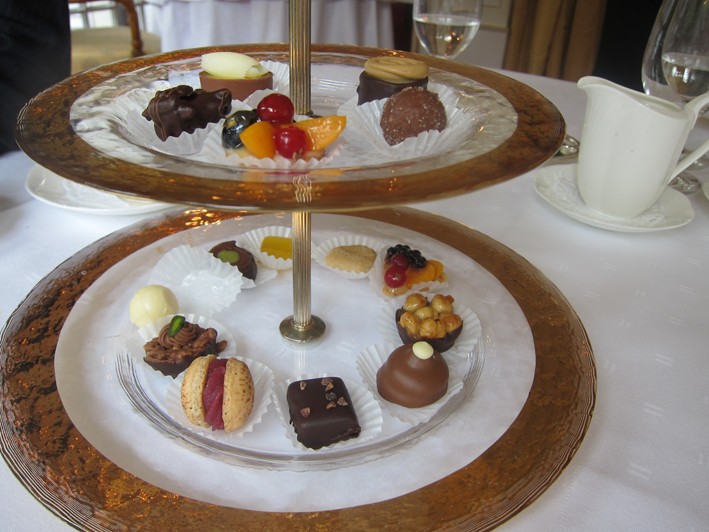
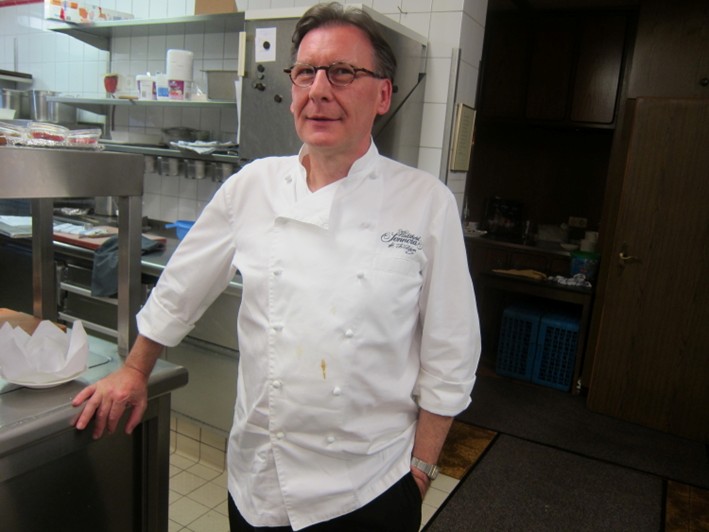
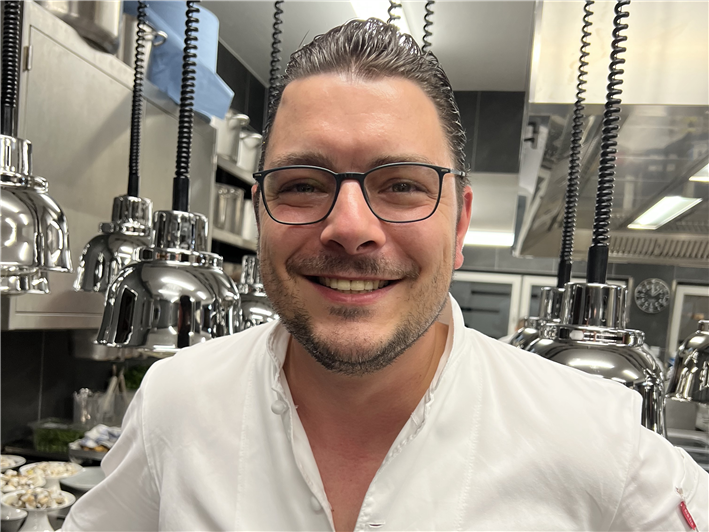


Greg Brozeit
So stunned to learn of Helmut Thieltges' death. I was fortune to have visited, this, my favorite place in the world, on nine occasions, the best nine meals I've ever had in my life. On one of those visits, I got to share a cigar with Herr Thieltges and one of his regular customers after a meal. He was notoriously self-effacing and I'll always remember how joyous he was. He loved what he was doing and knowing that he brought such joy to people. "Why should I travel around the world? People from all over the world come here to visit me. What could be better?"
John Curtas
Like you, I found the desserts the only flaw in the meal. That Eifel venison is worth driving a few hours for, however.